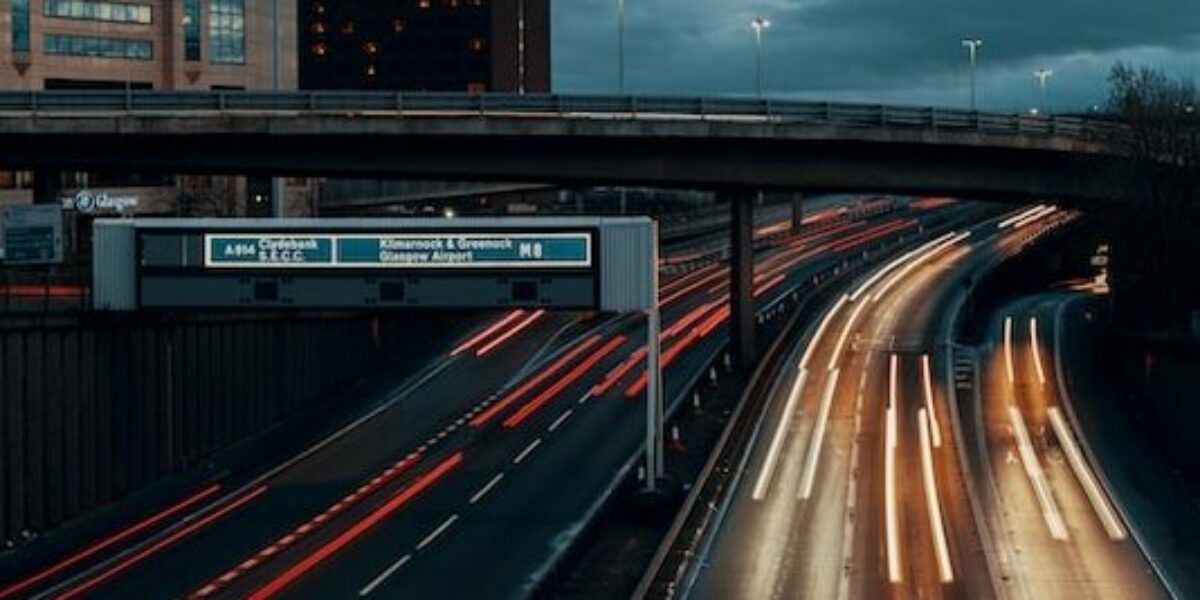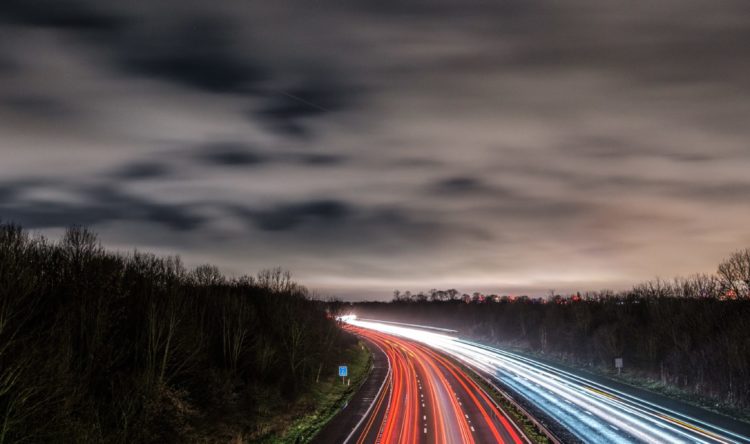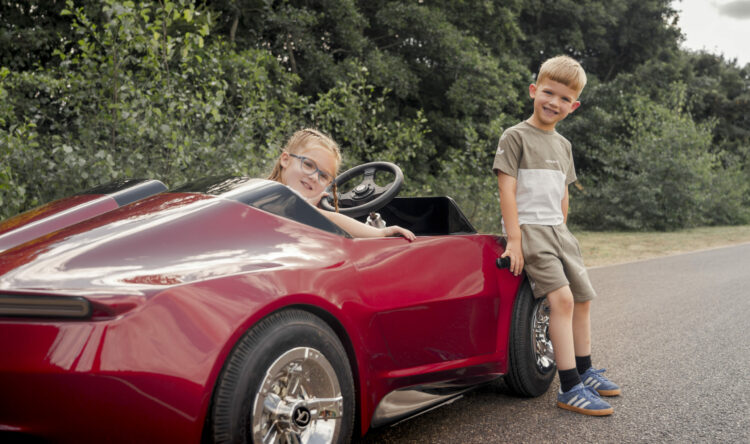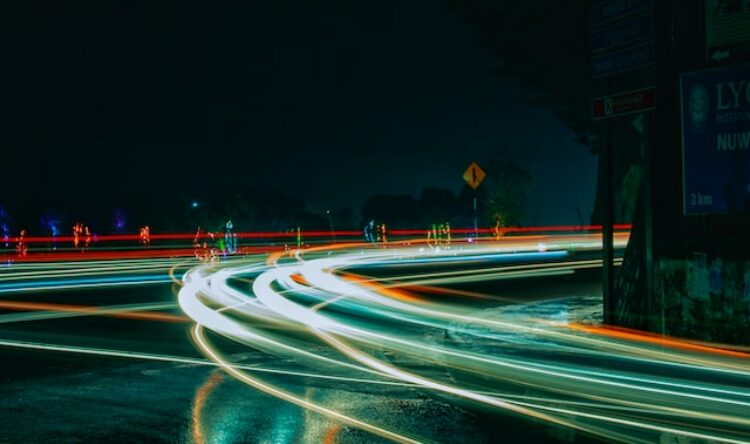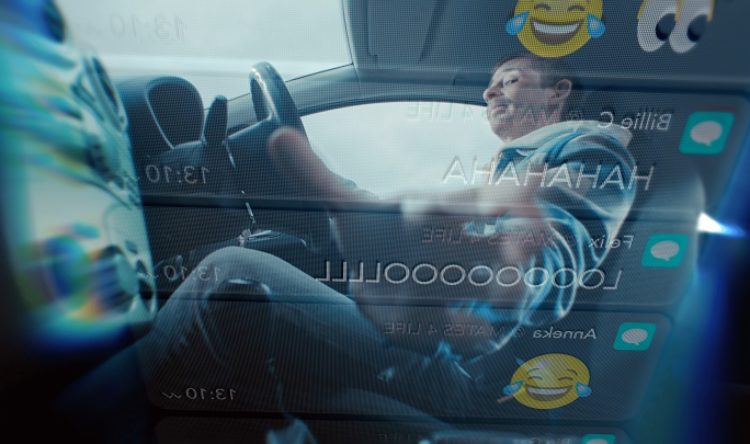Breaking down best practice
New video to help the majority of motorists understand how to safely wait for help on motorways
Nearly eight-in-10 (78%) drivers would unknowingly put themselves in danger after breaking down on the motorway and stopping on the hard shoulder, new RAC research reveals.
Only a fifth (22%) of the 1,900 drivers surveyed would do the right thing.
Out in the cold
Breaking down on one of the UK’s fastest roads on a cold and wet winter’s night, the majority would not stand to the rear of their vehicle, as far as possible from traffic and ideally behind a barrier if there was one.
Frighteningly, one-in-10 (11%) said they would stay in their vehicle. This would leave them at great risk of being seriously injured or killed if another vehicle were to hit them.
Two-thirds (65%) would also unwittingly put themselves at risk by standing either in front of or next to their car. It means that if another driver collided with their broken-down vehicle, they are likely to be hit too.
Shockingly, the analysis corresponds with reports from nearly 200 RAC patrols. These found that 78% of drivers of broken down vehicles on motorways that they attended to, were still in their vehicles when they arrived.
Watch and learn
RAC patrols Glen Johnson and James Pallister came up with the idea of making a video to highlight best practice. It shows how people should get out of their vehicles and where they should stand.
The film is being shared with all RAC members who are unfortunate enough to break down on a motorway. However, it is also available for everyone to benefit from on YouTube:
“Standing in the wrong place in the event of a breakdown on a high-speed road can be the difference between staying safe and being seriously injured, or worse.”
Glen Johnson has been an RAC patrol since 2018, working around the North West of England.
“Our number-one priority is ensuring our members stay safe on the roads,” continues Glenn. “We’re always looking for new ways to communicate the right thing to do after breaking down. That’s why we thought a video would be the best way to show drivers what to do”.
Fellow RAC patrol in the North East of England, James Pallister, adds: “Increasingly, when we arrive at the scene of a motorway breakdown we find members still inside their vehicles, or stood next to or in front of them – two of the most dangerous places to be with vehicles approaching at fast speeds.
“Instead, our advice to drivers and their passengers is to use the doors furthest from the traffic to leave their vehicle, stand to the rear of their vehicle, facing and as far away from oncoming traffic as possible, behind a barrier if there is one. The only exception to this is if someone has mobility difficulties and can’t easily leave the vehicle – in which case they should keep their seatbelt on and call 999.”
The bigger picture
As well as drivers being generally ignorant of best practice, cold and wet winter weather makes matters worse. Who really want to stand at the side of a busy road getting wet and cold, on top of the frustration of breaking down.
RAC Breakdown spokesperson Alice Simpson admits “it’s very tempting” to stay in the warm and dry of the car.
“Sadly, we know from experience this is absolutely the wrong thing to do,” states Simpson. “We are always reminding people to pack plenty of layers, good waterproof clothing and sturdy footwear so they can keep warm while they wait for help.
“The more understanding everyone has of what to do should they break down on a high-speed road, the better. ”
But it is not just the stranded motorist who is in danger. Those attending the scene to help are also in potential danger. It is why the RAC and other breakdown and road safety organisations have campaigned for the use of better warnings to other motorists.
“It is also vital that breakdown and recovery operators are protected from potential collisions from passing traffic. For this reason, we are pleased the Government is finally going to allow the industry to use red flashing lights, in addition to the customary amber ones, after years of campaigning from the RAC and others.
“We believe this will save the lives of both breakdown workers and their customers, so we are now very keen for the Government to confirm when these powers will be formally granted.”
Best practice
What to do if you break down on a motorway
- Pull over on the hard shoulder if there is one
- Turn on your hazard lights and sidelights
- Turn on rear fog lights too if the visibility is poor and you can’t see over 100 metres
- Get out of your vehicle if it’s safe using the doors furthest from traffic. Wear bright or high vis clothes if you have any
- If there’s a safety barrier, wait behind it to the rear of your vehicle. Watch out for potholes and steep drops
- If there’s no safety barrier, stand to the rear of your vehicle far away from traffic
- Keep your eyes on the traffic at all times
- Keep calm and stay where you are until the patrol arrives
If the driver or passengers have a disability
- Stay inside the vehicle with your seatbelt on
- If possible, move everybody to the passenger side of the vehicle
- Call 999 to make them aware
- Keep calm and stay where you are until the patrol arrives
